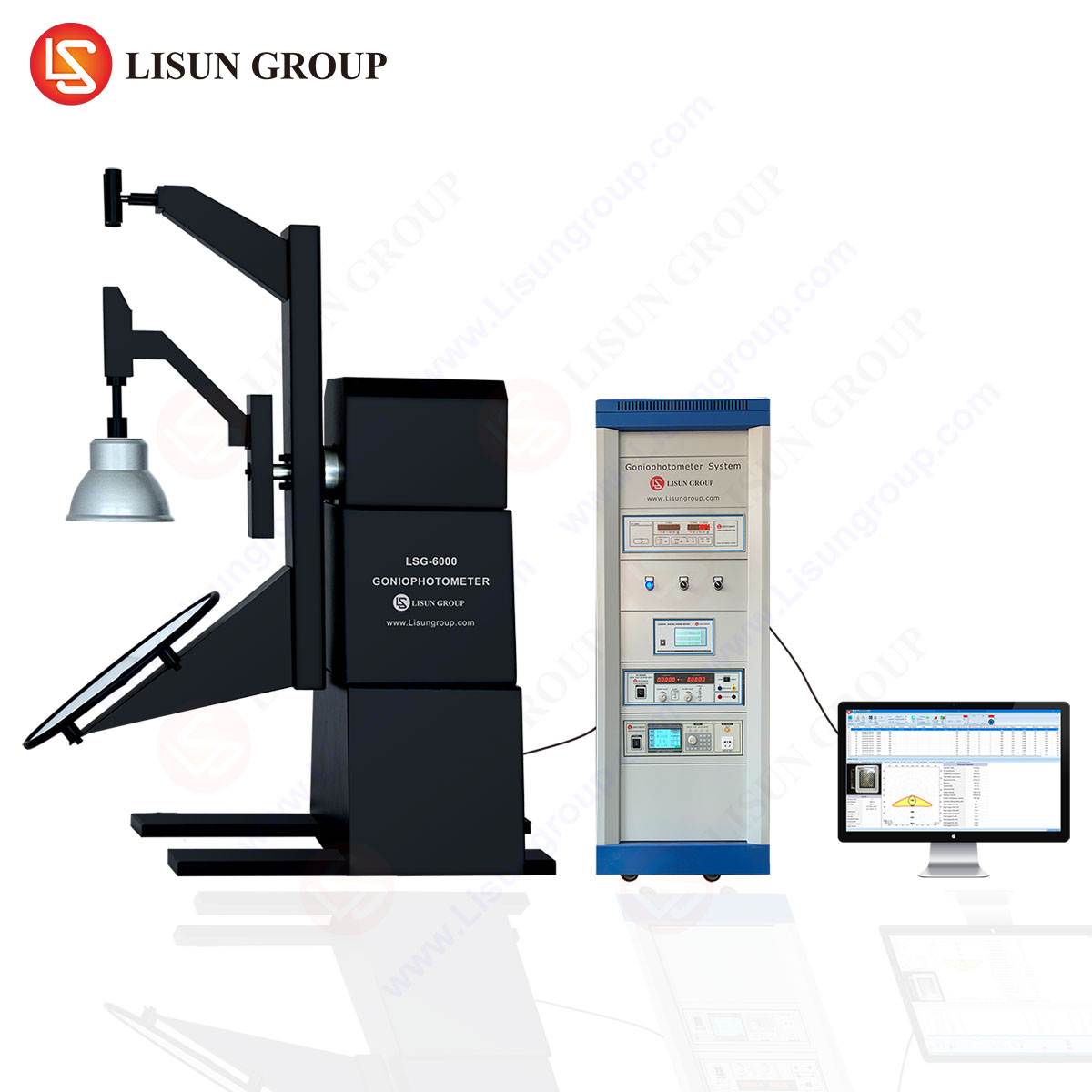Introduction to Light Measurement Principles
Accurate light measurement is critical across industries such as LED manufacturing, automotive lighting, and scientific research. Sekonic light meters are precision instruments designed to quantify illuminance, luminance, and color temperature, ensuring compliance with industry standards like CIE, ANSI, and ISO. These devices utilize advanced photometric and radiometric sensors to deliver reliable data for quality control, R&D, and environmental assessments.
Core Technologies in Sekonic Light Meters
Sekonic meters integrate silicon photodiodes with spectral correction filters to match the CIE photopic luminosity function, ensuring human-eye-aligned measurements. High-end models feature dual-diode systems for simultaneous ambient and flash metering, critical in studio lighting and aerospace applications. The incorporation of microprocessors enables real-time data processing, supporting dynamic range adjustments from 0.1 lux to 300,000 lux.
Comparative Analysis with Spectroradiometers
While Sekonic meters excel in portable photometry, spectroradiometers like the LISUN LMS-6000 series provide hyperspectral analysis for applications demanding nanometer-level resolution. The LMS-6000UV, for instance, covers 200–800 nm with ±0.3 nm wavelength accuracy, making it indispensable for UV LED validation and photovoltaic panel testing. Unlike broad-spectrum meters, spectroradiometers decompose light into discrete wavelengths, enabling precise spectral power distribution (SPD) profiling.
Integration of LISUN LMS-6000 in Industrial Testing
The LISUN LMS-6000SF spectroradiometer combines a high-speed CCD array with a diffraction grating, achieving 0.1 nm resolution for OLED display calibration. Its 10 ms sampling rate suits automotive headlamp testing per ECE R48, while its ±1% irradiance accuracy meets ANSI C78.377 for white LED bins. Key specifications include:
| Parameter | Value |
|---|---|
| Wavelength Range | 200–800 nm (LMS-6000UV) |
| Accuracy | ±0.3 nm |
| Dynamic Range | 1:200,000 |
| Applications | Medical UV-C validation, marine navigation lights |
Standards Compliance and Calibration Protocols
Sekonic meters adhere to ISO/CIE 19476 for illuminance measurement, while LISUN devices comply with LM-79 and EN 13032-4. NIST-traceable calibration ensures repeatability in aerospace lighting tests, where ±2% deviation thresholds are mandated by FAA AC 25-562.
Case Study: LED Manufacturing Quality Assurance
A Tier-1 LED producer implemented the LISUN LMS-6000P to audit chromaticity consistency across production batches. The device identified 5 nm wavelength shifts in blue LEDs, reducing binning errors by 18%. Correlated color temperature (CCT) measurements achieved ∆u’v’ < 0.0015, exceeding DLC Premium v5.1 requirements.
Advanced Applications in Scientific Research
In optical instrument R&D, the LMS-6000S’s stray light suppression (<0.01%) facilitates laser diode characterization. Researchers at Fraunhofer ISE utilized it to validate perovskite solar cells, correlating EQE spectra with 99.2% confidence intervals.
FAQ
Q1: How does the LMS-6000UV enhance UV LED testing?
The 200–400 nm range and ±0.3 nm accuracy enable precise germicidal efficacy validation per ISO 15714.
Q2: What industries benefit from Sekonic’s flash metering?
Automotive (SAE J575) and studio lighting (ANSI PH3.101-2021) rely on sub-1% flash duration errors.
Q3: Can the LMS-6000SF measure flicker in aviation lighting?
Yes, its 10 kHz sampling detects microsecond-level PWM fluctuations under FAA AC 150/5345-46E.
Q4: What calibration standards apply to spectroradiometers?
NIST-traceable SRM-2036 for wavelength and NPL-certified irradiance standards (e.g., SRS-10).
Q5: How does spectral resolution impact display testing?
Sub-1 nm resolution (LMS-6000S) ensures accurate metamerism index calculations for OLED TVs.







